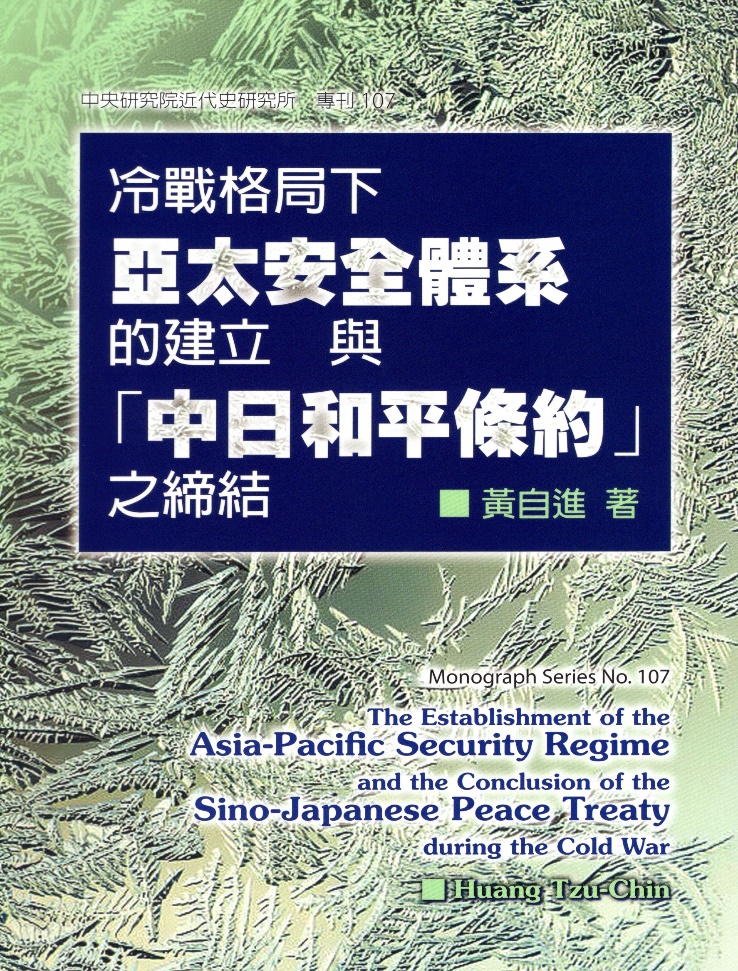The Sino-Japanese Peace Treaty, as its name implies, was a bilateral treaty signed between the Republic of China and Japan.
However, in actuality, it was the result of maneuvering by the United States.
Its purpose was to implement the containment theory, hoping to effectively block the expansion of communism in the Asia-Pacific region.
Therefore, it not only supported the efforts of the government of the Republic of China to establish a foothold in Taiwan, but also eliminated the possibility of the establishing diplomatic relations between Japan and the Chinese Communist Party.
Thus, the history behind the signing of the “Sino-Japanese Peace Treaty” can also be regarded as a microcosm of the history of the construction of the United States’ Asia-Pacific security system.
In order to illustrate the evolution of this triangular interaction, this book focuses on the United States’ actions behind the scenes, beginning with the positions and roles of the governments of the Republic of China and Japan in the security system constructed by the United States. This book analyzes and reconsiders the international background in which the peace treaty was concluded and the significance of the peace treaty in ensuring the legal status of the Republic of China government, and its effects of strengthening the stability of the Taiwan region and implementing the United States’ Asia-Pacific security system.
For more information, please visit: http://www.mh.sinica.edu.tw/monographs.aspx

